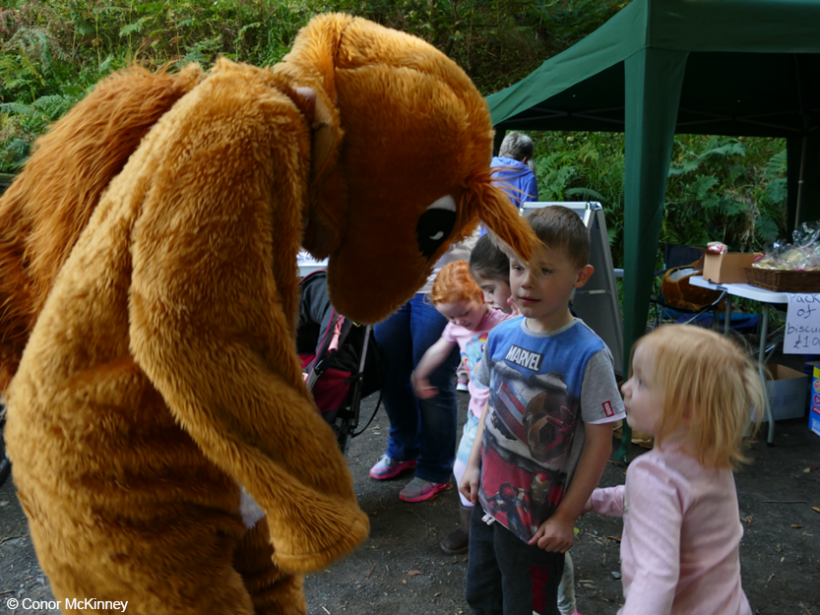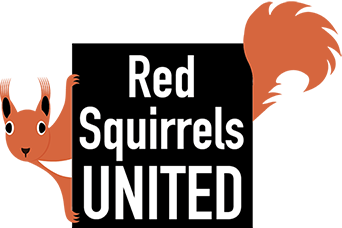Project
What were the aims of Red Squirrels United?
Red Squirrels United brought together organisations from across the UK to help protect red squirrels by raising public awareness. During the life of the project, Red Squirrels United engaged with more than 1250 volunteers in self-sufficient community groups.
The project’s objectives were:
1. To provide the first ever national programme of red squirrel conservation learning and celebration
• Organising and leading on the four annual knowledge fairs giving 480 attendees the opportunity to share knowledge
• Publishing and promoting best practice guides showcasing red squirrel conservation
• Working with all devolved countries to increase public awareness of viewing opportunities and the importance of conservation.
2. To maximise sustainability of the programme by increasing the impact of red squirrel conservation
• Developing and implementing shared conservation methods
• Independent and rapid data analysis for on-going improvements
• Publishing project results in a series of journal articles to influence and underpin policy across the UK and Europe
• Protecting existing red squirrel populations and enabling population growth.
3. Prevent the introduction of grey squirrels
• Designing a plan to ensure red squirrel conservation is sustainable on Anglesey
• Establishing community-based early warning systems to protect the Kielder woodlands
• Establishing red squirrel-only habitats in Gwynedd and the Mourne Mountains
• Preventing grey squirrels crossing the River Shannon in Ireland through community participation in S. Fermanagh (Northern Ireland)
• To implement early warning and surveillance systems and grey squirrel management activities.
4. Avoid biodiversity loss by involving the local community and building awareness
• Supporting Community Engagement Officers to raise awareness and establish new community-based rapid response teams
• Recruiting 1250 volunteers by delivering at least 80 workshops and talks for community volunteers and teams
• Engaging more than 4000 people by delivering at least 200 public engagement activities including red squirrel viewing, use of the arts, encouraging red squirrels into gardens and mass participation squirrel monitoring
5. Explore the impact of the red squirrel on local communities and economy
• Auditing use of red squirrels in tourism promotion
• Engaging individual tourism businesses and networks to scope the potential for their participation in conservation efforts
• Seeking to work with academic partners to add value to this research.



